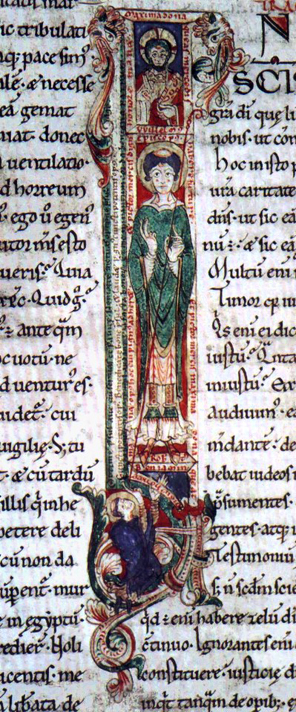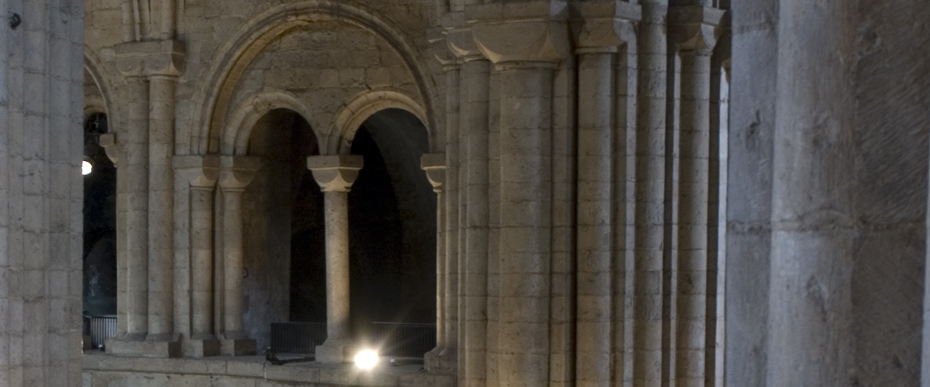William of St Calais

William’s Career in England
William of Saint Calais’s career in England begins with his nomination as Bishop of Durham by William the Conqueror in 1080. The Norman king had come across St Calais when he was still the abbot of the monastery of St Vincent in Le Mans, France and must have been impressed his administrative skills, not just his piety.
William as a Key Figure of the Royal Court
St Calais was clearly to become an influential member of the king’s court, with his name appearing as a witness on royal documents with only two or three others, indicating that he was highly regarded. It is him that is thought to have overseen the Domesday Survey, one of Norman England’s greatest administrative accomplishments.
Prior Turgot - The Real Manager of Durham Cathedral
In fact, Bishop William seemed more concerned with political affairs than he was with religious ones. Much of the day to day running of Durham Cathedral was undertaken by the prior, Turgot, in accordance with the vision and edicts of the very active archbishop of the time, Lanfranc.
William’s de Saint Calais’ Influence on Durham
William of St Calais’s influence on Durham was profound. It was during his tenure as bishop that, in 1083, the Rule of St Benedict was introduced, replacing the old monastic order of the Community of St Cuthbert. Moreover, in 1093, following three years in exile in Normandy for not siding with the then king, William Rufus, against his brother, Robert Curthose, St Calais was pardoned, and returned to order the demolition of the Anglo Saxon cathedral at Durham, and began the construction of the current building.
Bishop William’s ambitions for Durham Cathedral were great; unfortunately, he died in 1096, 37 years before the completion of the building.
Bishop William was succeeded by Ranulf Flambard.

